Sometimes recycling, upcycling, etc., is RESTORING something to its original functionality. Here is my 1918 model 43-5 Singer Industrial Sewing Machine that I had to do a lot of work on to bring back to working order. The sewing machine head was being used to hold a door open. The treadle base was going to be split apart and turned into an old sewing machine table. I have no issue with people upcycling treadle bases into other things, but I found out this machine is RARE. Less than 1,000 of this model was manufactured! It would be a shame to destroy a piece of functional history.
Table of Contents
Don’t just jump on the current trend and turn a Singer Industrial Sewing Machine Treadle Base into a table
PLEASE RESEARCH FIRST! There are many excellent sewing groups on Facebook, and they’re always willing to help you with information before you separate a sewer and base. You can upcycle the sewing head unit by donating or selling it for a few bucks to the vintage or antique groups for parts, if nothing else! The Singer Manufacturing Company is an American company that began to dominate the sewing machine industry in the late 1800s and is currently a leader. I don’t have any new Singer sewers, but their old machines were workhorses! The engines came equipped with all-metal gears, gorgeous cast-metal treadle bases, artistic foiling, and durable paint coatings that survive 100+ years! Don’t get me wrong; other sewing machine companies are great too, and I collect and restore many brands, but Singer’s hold on the market makes their products easy to maintain to this day, even on my 128-year-old machine.
Here’s the machine in the as-received condition. The current owner didn’t know how to adjust it or get it running correctly. I found that it was quite stiff and dry inside and dirty and had a lot of lint in the hook assembly.

You can see the rust, dirt, and peeling paint everywhere.

For those of you in the know, look at the size of this hook assembly. The soda can next to the hook assembly/bobbin unit is full-sized! I recently used this 99-year-old machine to repair my motorcycle gloves, and it worked perfectly!

Don’t strip a Singer Industrial Sewing Machine! RESTORE it – and USE IT!
My machine came to me with some issues that I discovered. The first one was that the treadle base had two fractures that required repair. The only way to repair them is to strip the paint and braise the iron. I sandblasted the treadle base after disassembling it all. Next, I braised the fractures and found that it was challenging. I had to add extra material because as it cooled (despite keeping it hot with the torch), they’d re-crack when I tried to add minimal solder. Next, I used a Dremel and various jewelry grinding bits to slowly sand down the braised areas until the shapes matched the iron curves. I decided to clean up the forming defects along the edges. It made the treadle very shiny-looking.
First, I repaired the fractures. The upper gold-colored joints are my repairs; the lower ones towards the bottom of the treadle leg are original from the factory. Next, I decided to clean up the forming errors and used a Dremel with a jewelry bit to clean in along the lettering/logo, and then ground down the excess and overflowed metal until the edges are smooth.

Here is the repaired leg after I cleaned up the logo and removed original casting sand, FOUR layers of repaints over the 99 years this machine has been in existence, and messy edges.
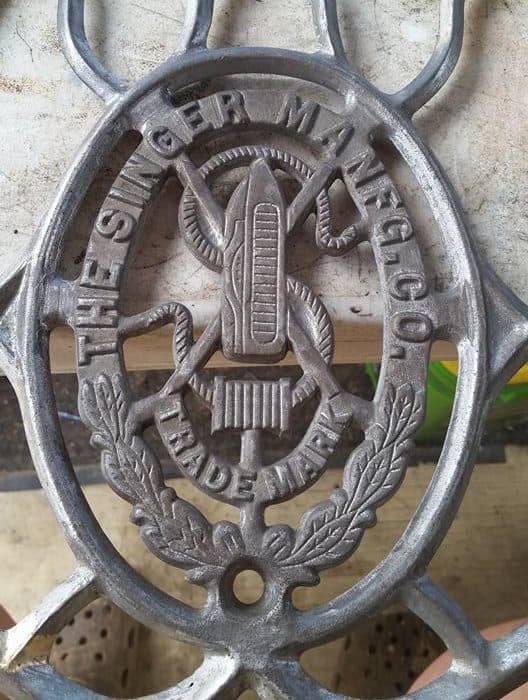
This piece is just after sandblasting. The Singer Industrial Sewing Machine frame was sloppy from the factory. It was not as critical to have an entirely smooth machine for industrial use as a home consumer. I ground down all these extra bits, blobs, and sloppy edges.

Now my Singer Industrial Sewing Machine Treadle is ready for paint!
There are several options to repaint, and it’s up to your personal choice. The original “Japaning” paint was very durable. The parts were dipped into a thick coating process. Obviously, “Japaning” isn’t a home process. Many use automotive enamels. I read up on a Ford Model A & T board that many of them use appliance epoxy spray paint because it requires no primer, is very durable and moisture resistant, and the black is a true black. It also doesn’t “orange peel” as much as traditional enamels. Follow the manufacturer’s directions for prepping the surface and personal protective equipment recommendations. The challenging part about appliance epoxy is that it takes a week to cure fully, but for the ease of use, and no clear coating required, it was a satisfying choice.
Here’s the tabletop portion of the treadle base. It is dry to touch but still tender, so I let it cure for a week. I didn’t change the lightly pebbled texture that sand casting creates because that is part of these vintage and antique machines’ charm. I used almost two cans of appliance epoxy total, but it came out beautifully with one coat. It looks better than the automotive enamels, in my opinion.

A close up of the logo on one of the treadle legs. It came out very shiny, and the details are very discernible. :D

The classic treadle wheel. I had to do some masking around the holes and the bearing in the arm of this wheel portion, but I used standard blue masking tape.

Adding some artistic touches to my Singer Industrial Sewing Machine
Initially, many treadles had a standard gold paint over the logo on the treadle leg’s side. I decided to do that logo in three colors using gold, silver, and copper foiling paint. After it had dried, I masked around the logo shape and operated an automotive enamel to clear coat over the foiling paint, as it is easy to scratch off without a coating.




Cleaning the Singer Industrial Sewing Machine Head Unit
There are many YouTube videos on simple ways to clean vintage and antique sewing machines (VSMs). One of the best methods is to use the original Gojo hand cleaner WITHOUT PUMICE. That is CRITICAL, or you’ll destroy your machine’s finish. Learn this cleaning method by watching Ray Elkins in his YouTube video. I’ve included the video here for your convenience since he’s willing to share the information with the masses. :) I polished the bare metal surfaces with Simichrome Polish and a Dremel with a buffing tip, as well as a small wire wheel on the Dremel to remove rust. I always use TriFlow synthetic sewing machine oil to lubricate all the critical points and then original Singer Sewing Machine Oil to wipe down the body after cleaning it.








Learn how to clean up your antique sewing machine or how to properly Oil Sewing Machines! Here’s another way to save a vintage or antique sewing machine – fix the cabinet with a Pallet Wood Inlay!

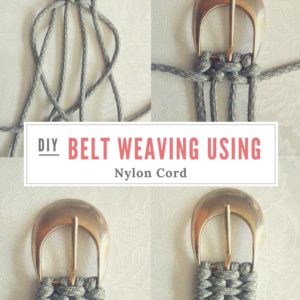
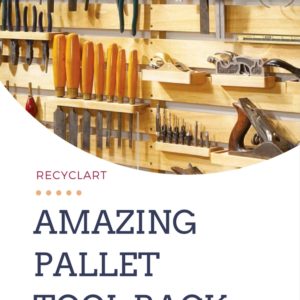
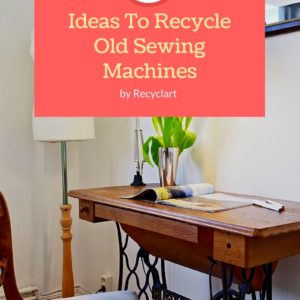
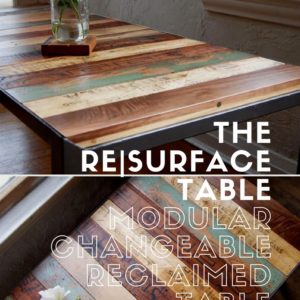

I picked up mine for $25
Very cool! There are Vintage Industrial Machine groups on social media. They’re very helpful with lots of resources. -HS.
Very good deal – what model did you get? I love these old machines. <3 -HS.
I just “restored” a Singer 15-91 – actually it was in excellent shape, I just had to locate a bobbin case. Having trouble with the stitches now, but I am going to keep working with it.
Gretchen Hill show this to Tony. I love these old machines.
I will that’s cool
Cool to read this. There are some great vintage industrial sewing machine groups that you can join – either to just enjoy them or to maintain/restore them. :D That’s where I gained a lot of knowledge beyond the sketchy manuals of the time. I’m now up to 36 antique/vintage machines (both home use and industrial). My oldest is now a 1874 Singer model 12 I’m restoring.-HS.